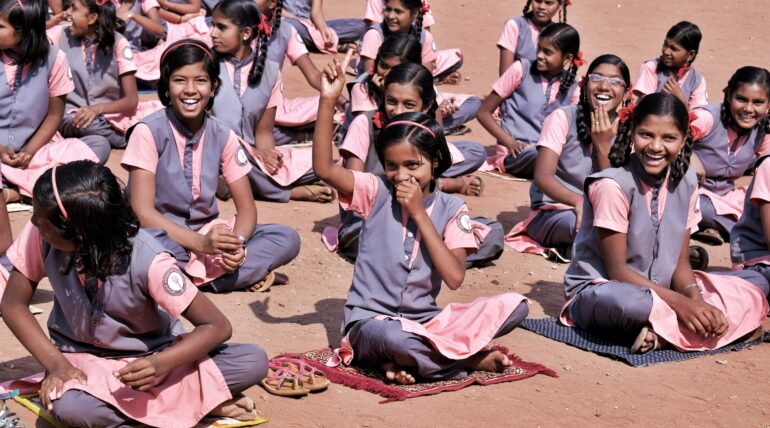Education is the foundation of any nation’s progress. In India, where nearly 30% of the population is under the age of 14, the importance of child education cannot be overstated. Ensuring that every child receives quality education is not only a constitutional right but also a moral obligation for a country striving for inclusive growth and development.
The Progress So Far
India has made significant strides in expanding access to education. The Right to Education (RTE) Act, 2009, made free and compulsory education a legal right for children between 6 and 14 years. Government schemes like Sarva Shiksha Abhiyan (SSA), Mid-Day Meal Scheme, and Beti Bachao Beti Padhao have played key roles in boosting school enrollment, reducing dropout rates, and improving gender parity.
As a result, literacy rates have improved steadily, and more children than ever before are attending school. Primary education is now accessible in most rural areas, and girl-child education has received much-needed focus and support.
The Persistent Challenges
Despite this progress, several challenges continue to plague child education in India:
-
Quality of Education: While enrollment has increased, learning outcomes remain alarmingly low. Many children in Class 5 still struggle with basic reading and arithmetic.
-
Infrastructure Gaps: A large number of schools lack basic facilities such as clean toilets, drinking water, libraries, and digital access.
-
Teacher Shortage and Training: Inadequate teacher-student ratios and lack of proper training affect the effectiveness of classroom learning.
-
Gender and Social Inequality: Children from marginalized communities, including Dalits, Adivasis, and religious minorities, still face systemic discrimination and lack of access.
-
Child Labor and Poverty: Economic constraints force many children, especially in rural and semi-urban areas, to drop out and take up work at a young age.
Role of NGOs and Civil Society
Non-governmental organizations (NGOs) have been instrumental in bridging these gaps. From running informal schools in remote villages to creating digital learning platforms for underprivileged children, NGOs are helping transform lives where the system falls short.
Organizations like Allied World Human Rights Federation are actively working to promote equal education rights for all children. By engaging communities, supporting school infrastructure, and sponsoring child education, such initiatives play a vital role in nurturing a better future.
Technology and the Pandemic Impact
The COVID-19 pandemic exposed the digital divide in Indian education. Millions of children lost access to learning due to lack of smartphones, internet, or electricity. However, it also prompted innovation—digital classrooms, mobile schools, and educational TV programs became lifelines for many.
Going forward, integrating technology with traditional education, while ensuring equitable access, will be crucial.
The Way Ahead
A strong and educated child population is India’s best investment. It’s essential to focus not just on access but also on quality, inclusiveness, and holistic development. Public-private partnerships, increased education budgets, and stronger implementation of child protection laws can help address systemic issues.
Every child deserves a chance to learn, dream, and succeed. Empowering them with education is not just a responsibility—it’s a promise to the future of India.





